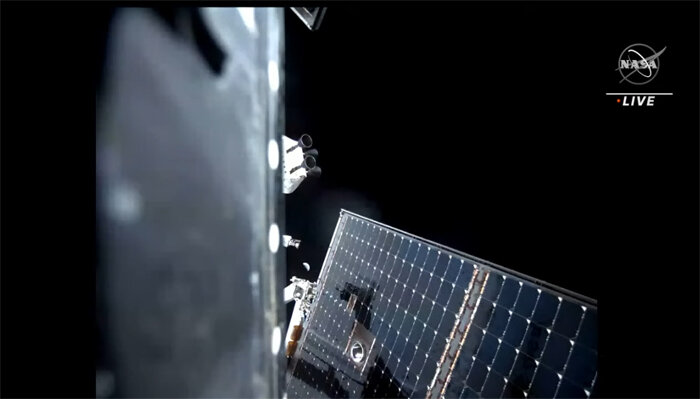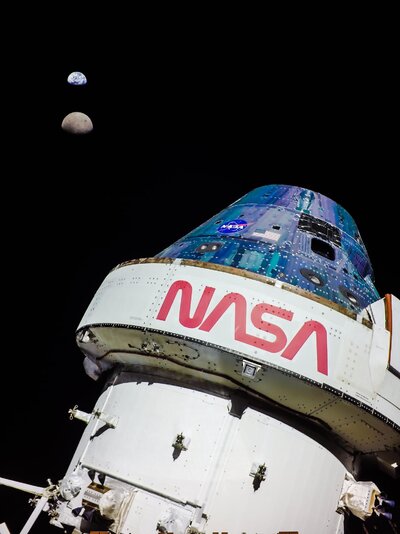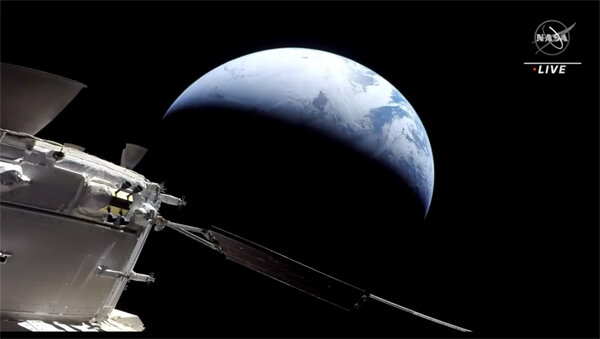How much is this costing?
The simple point is this could be done so much cheaper utilizing how far Commercial Space has come.What a monumental waste.
But, clearly the lower price tag of this wasn’t as appealing for influential Congress people as the contractor lobbyists with “contributions to re-election funds”.
They threw Elon a bone to handle the lunar lander that Starship will carry so that he would shut up about it.


 So, Orion won't reach its max distance from earth until next weekend. We'll celebrate then.
So, Orion won't reach its max distance from earth until next weekend. We'll celebrate then.



